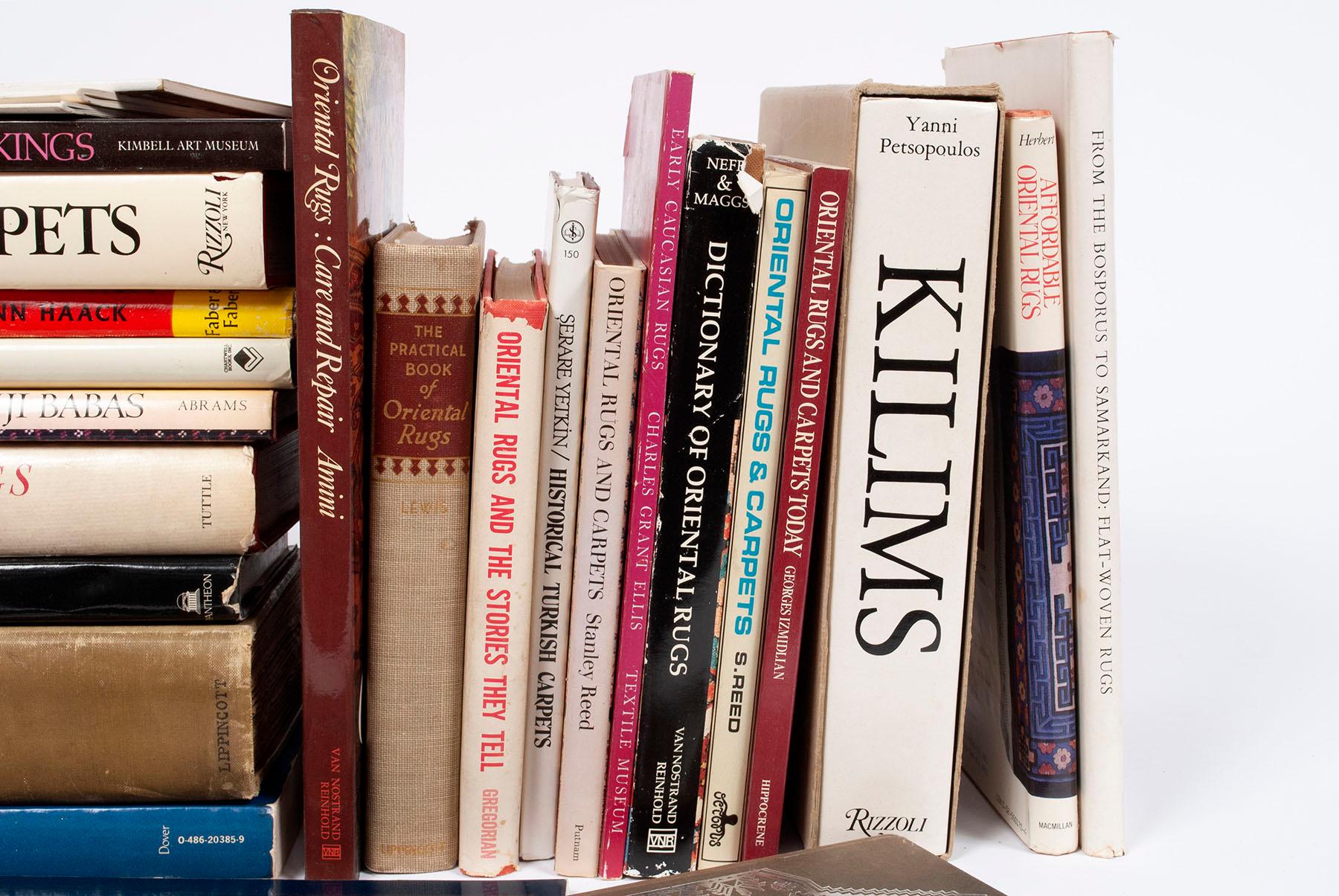Saffron, often called "red gold," holds a special place in Persian culture. Renowned for its aromatic flavor in cuisine, saffron's versatility extends beyond the kitchen to the realm of artistry. Its petals and stigma dye threads for Persian rugs, infusing them with unique allure.
The Dyeing Process

Collection and Preparation
The process of dyeing threads with saffron petals involves several meticulous steps. It starts with the careful collection and drying of the petals, followed by grinding them into a fine powder.
Creating the Dye Bath
This powder mixes with water and heats to create a dye bath. The acidity or basic pH of the solution influences the color, resulting in a spectrum ranging from golden yellows to rich oranges. Interestingly, saffron can also produce shades of green or blue, depending on the specific dyeing techniques and processes used.
Sustainability and Cultural Significance

Saffron Cultivation
Saffron, one of the world's most expensive spices, requires around 150,000 to 200,000 saffron crocus flowers to produce one kilogram of dried saffron, necessitating about 1 to 1.5 hectares of land. To produce just 12 grams of saffron, approximately 1,800 to 2,400 saffron crocus flowers are needed, typically grown in 1 to 1.5 square meters of land. However, Persians practiced a sustainable alternative use of the waste petals from saffron production. These petals were a valuable resource, adding to their deep culture and used to create intricately designed and vibrant rugs, showcasing the ingenuity and resourcefulness of Persian craftsmanship.
Eco-Friendly Practices
Saffron dyeing is a sustainable practice. Unlike synthetic dyes, saffron is a natural and renewable resource, aligning with eco-friendly practices. Its use in dyeing threads enhances the aesthetic appeal of Persian rugs and preserves ancient traditions. Furthermore, saffron's role in both cuisine and rug-making underscores its deep-rooted cultural significance, symbolizing luxury, beauty, and tradition.
The Colors of Saffron

Color Spectrum
The colors obtained from saffron petals add a distinct character to Persian rugs. The hues range from subtle greens to vibrant yellows, with the acidity or basicity of the dye bath influencing the final shade. These colors not only enhance the aesthetic appeal of the rugs but also embody the rich heritage and artistry of Persian rug-making.
Renowned Rugs
Renowned Persian rugs featuring saffron-dyed threads include the "Ardabil Carpet" and the "Tabriz Rug." These rugs are celebrated for their intricate designs and vibrant colors, showcasing exquisite craftsmanship and tradition that define Persian art.
Protective Properties
Beyond its aesthetic and culinary uses, saffron also boasts protective properties that benefit Persian rugs. Saffron contains crocin and anthocyanin, which are responsible for its vibrant color and possess antifungal properties. These properties protect the delicate silk fibers from fungal growth and other forms of deterioration. This natural protection adds to the longevity and durability of Persian rugs, ensuring they can be enjoyed for generations.
In Conclusion
Saffron's journey from Persian cuisine to rug-making symbolizes a cultural thread that binds tradition, artistry, and sustainability. Its use in dyeing threads enriches the aesthetic appeal of Persian rugs and underscores the importance of preserving ancient practices for future generations. Saffron truly exemplifies the essence of Persian culture, adding a touch of luxury and elegance to both cuisine and art.
















































Leave a comment